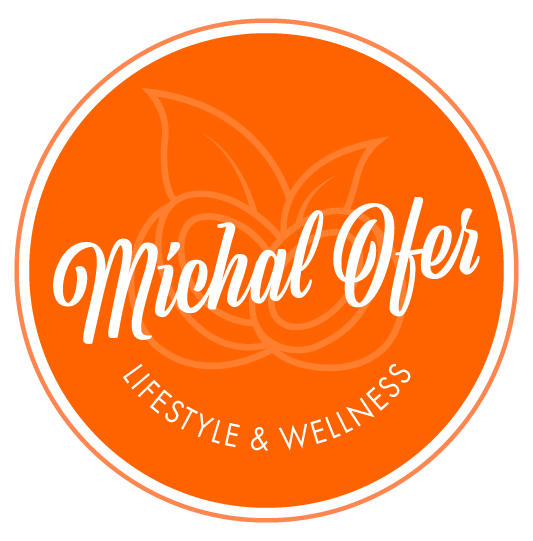Food Freedom Friday Edition 6
Sugar Shifting
Sugar is inflammatory, and inflammation has been proven to be at the heart of every degenerative disease we know of.
Furthermore, the fact that sugar behaves like a highly addictive drug cannot be disputed. A number of peer-reviewed studies have demonstrated the addictive nature of sugar. One study has even shown sugar to be eight times more addictive than cocaine.
What can you do right now, today?
I have compiled a list of a few of my favourite easy actions you can take to cut back on your sugar consumption. It is a good start and I am sure, once you have read through these you will be able to come up with at least a few of your own too.
1. Avoid adding sugar to your foods.
This is the easiest and most basic way to immediately reduce the amount of sugar yo are consuming. Pay special attention to coffee, tea and cereal.
2. Become aware of sugar disguised as a health food.
Brown sugar, turbinado sugar, raw sugar, agave nectar, brown rice syrup are all the same substance as far as your body is concerned. Do not let package claims and fancy sounding names fool you.
3. Reduce or eliminate processed carbohydrates.
Processed and manufactured goods, especially carbohydrates (think breads, bagels, pastas, snacks, crackers, and cereals) are produced with flour and other ingredients that immediately convert to sugar in the body. That sugar gets stored as fat, the technical term for which is triglycerides.
4. Watch out for foods claiming to be ‘fat-free’.
The entire ‘fat-free’ concept is ridiculous in its conception and implementation. It has caused immense destruction to our health. One of the main reasons fat-free foods are so deleterious is that when the fat is removed, it is replaced with sugar. Fat-free foods are packed with excessive amounts of sugar. Read the label. You will be unpleasantly surprised.
5. Shop for a rainbow of colour.
The more your grocery cart looks like a plethora of color, the healthier. Colour implies you are stocking up on g more fresh vegetables and low-glycemic fruits such as berries, cherries and apples.
6. Be a nutritional sleuth, a food detective.
Start reading labels, all of them. To begin to reduce your sugar intake you need to know where it hides.
7. Be wary of artificial sweeteners.
Unfortunately, artificial sweeteners can increase cravings for sugar and carbohydrates. They have also been shown to deplete your stores of chromium, a nutrient crucial for blood-sugar metabolism.
8. Practice your math skills.
On the label, divide the number of ‘total sugars’ by 4. A teaspoon of sugar weighs 4g, hence the number you come up with is the number of teaspoons of sugar ‘per serving’ for that particular product. Pay attention to what the food manufacturers consider a ‘serving size’. Most ‘servings’ are unrealistic and have very little to do with how much you really eat. Just having to perform this exercise each time you pick up a packaged food product is often enough to scare you into putting it down and walking away, quickly.
9. Add more vegetables and limit fruit.
This does not imply that you need to eliminate fruit altogether (unless a large amount of fat loss is your goal and temporary elimination may be appropriate) Fruit contains fiber and nutrients but it also contains large amounts of fructose. Easy does it. For weight loss purposes, a maximum of 2 portions of fruit a day should be consumed. These are preferably of the low-glycemic (low-sugar) varieties which include berries, cherries, apples, grapefruit, lemons and limes.
10. Get rid of fruit juice.
Contrary to conventional wisdom, apple and orange juices are not healthy drinks for children or adults. Pure juice is a pure hit of sugar and has no place in the diet of any individual, young or old. There are some benefits to certain unsweetened juices like pomegranate and cranberry, but they are best diluted with water or seltzer and consume sparingly.
The complete elimination of sugar from your diet may not be possible or even desirable but removing as much added and excess sugars as you can will be one of the greatest services you can do for yourself, and your health.
